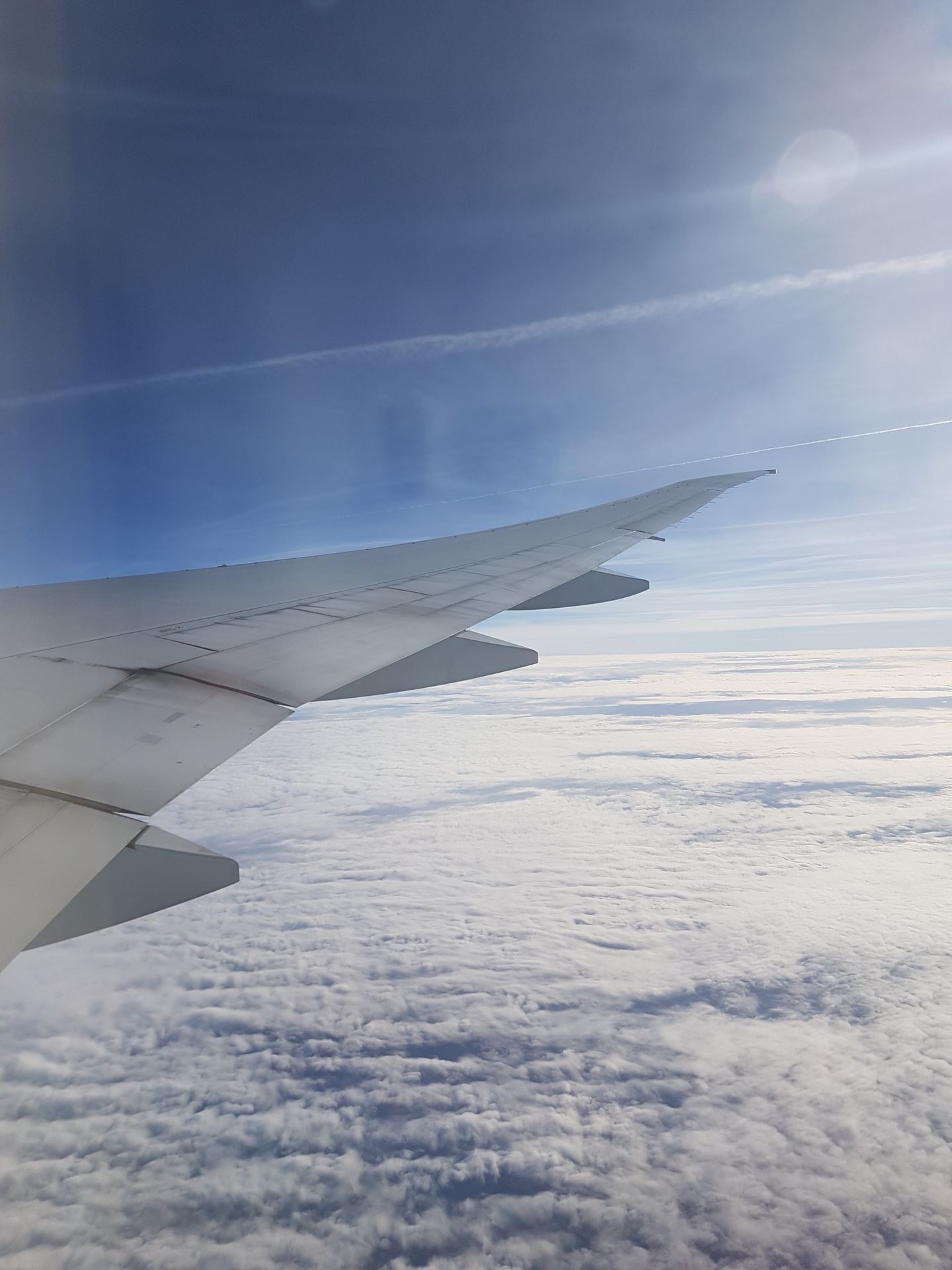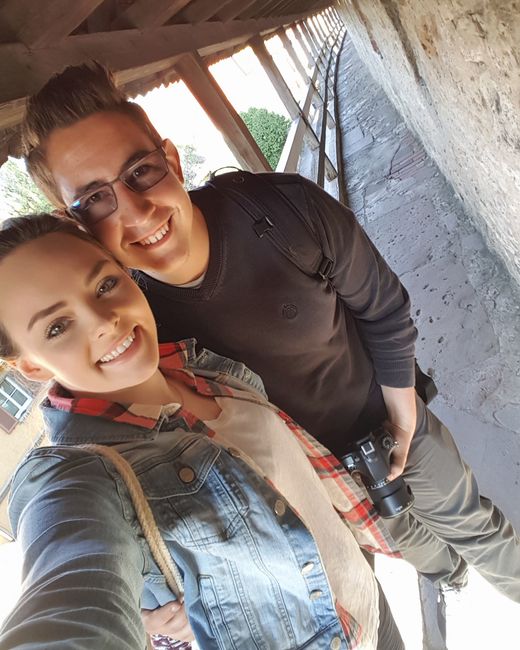26/01/2018 - Akaroa and its Hector Dolphins
ޝާއިޢުކޮށްފައިވެއެވެ: 14.02.2018
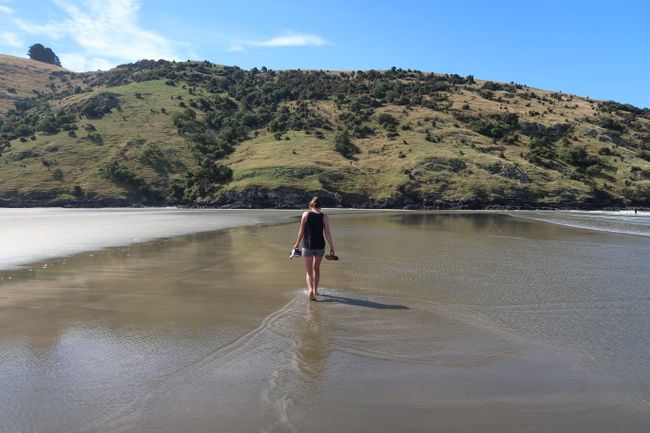
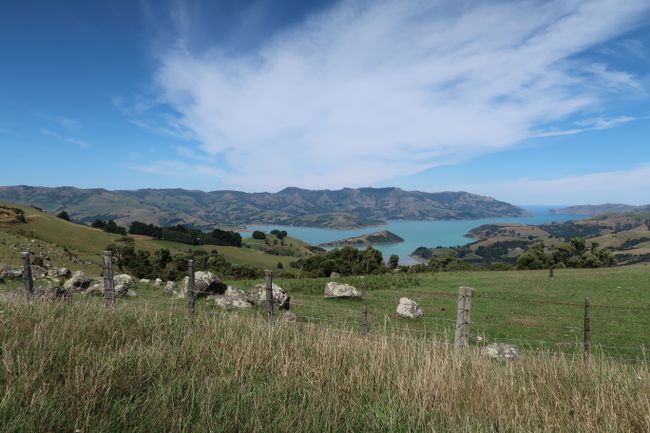
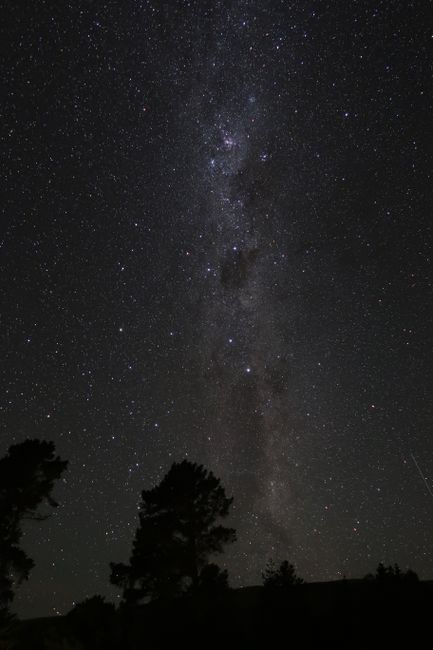
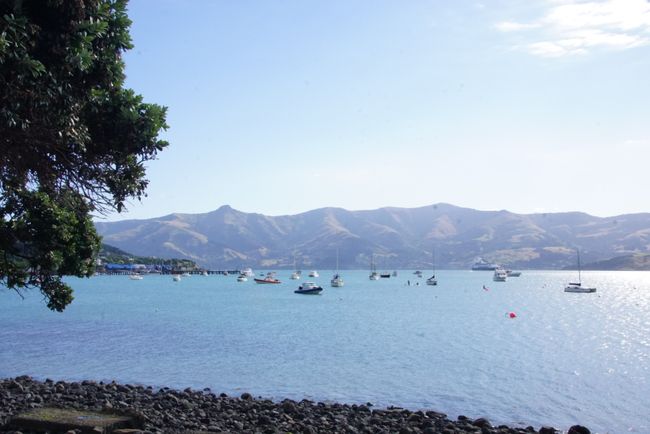
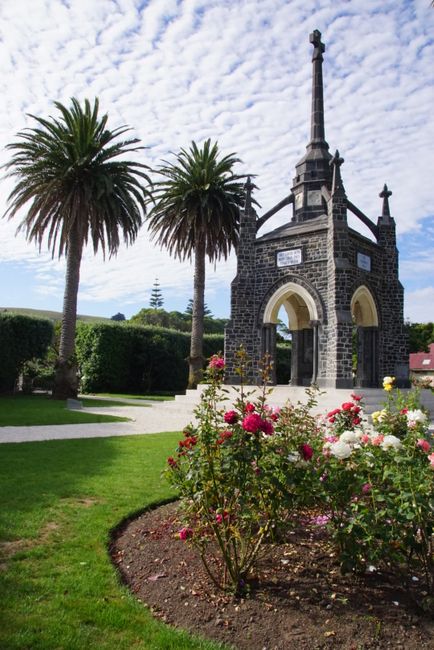
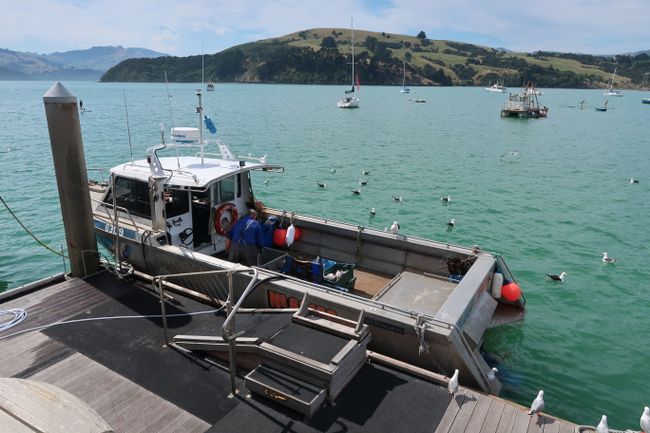
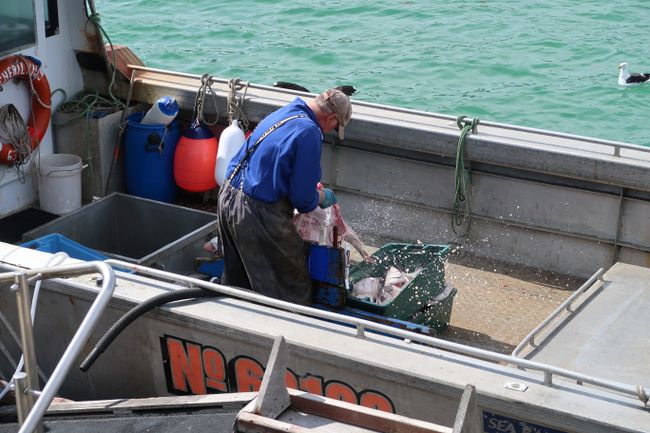
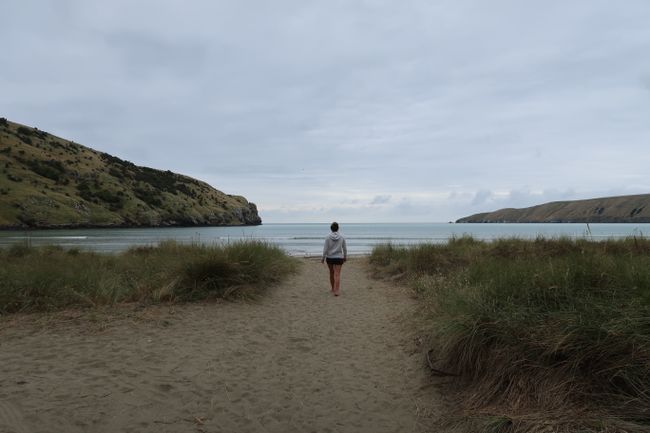
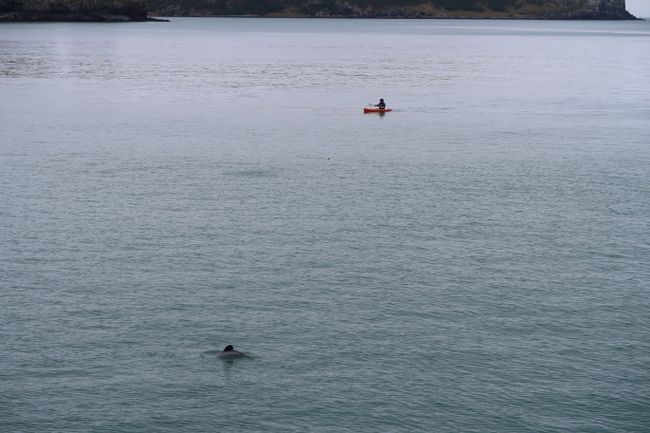
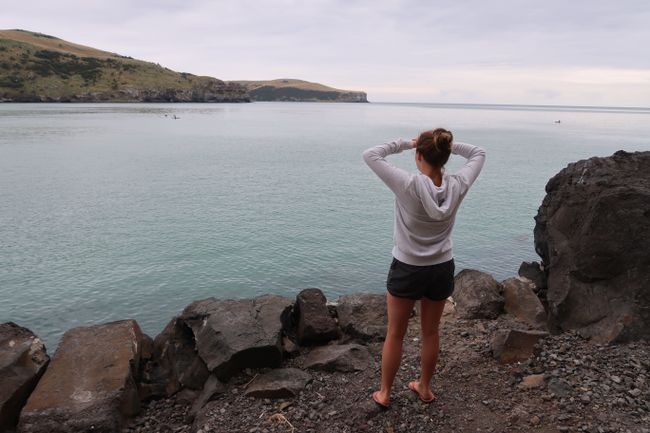
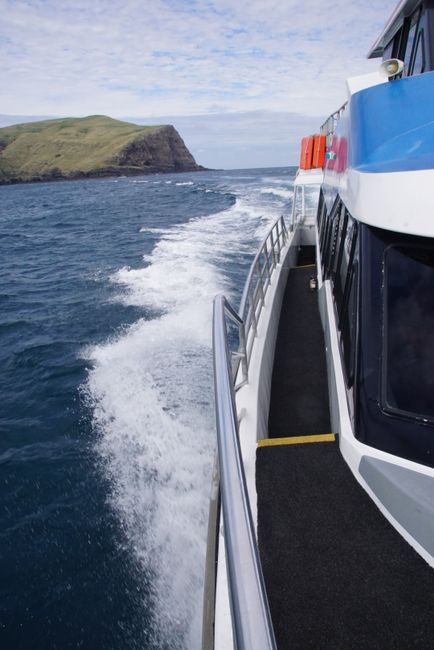
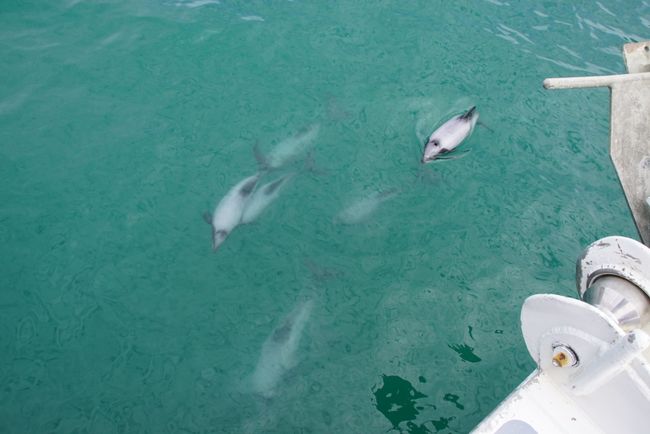
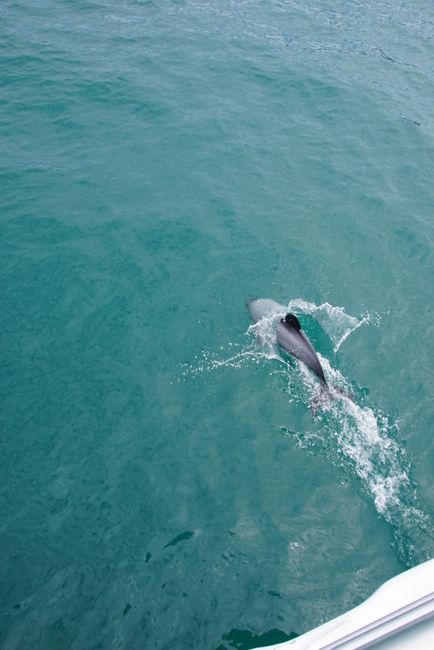
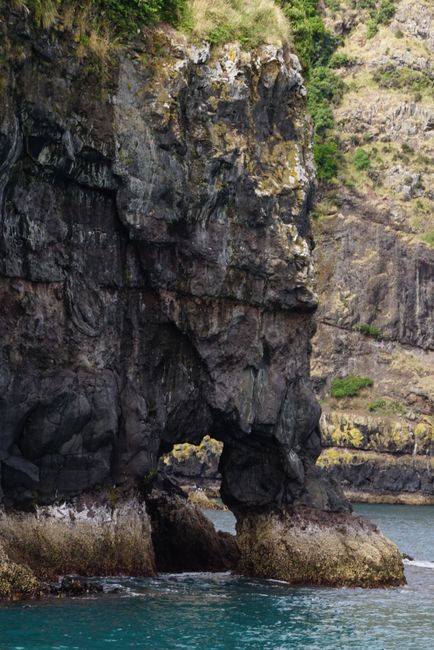
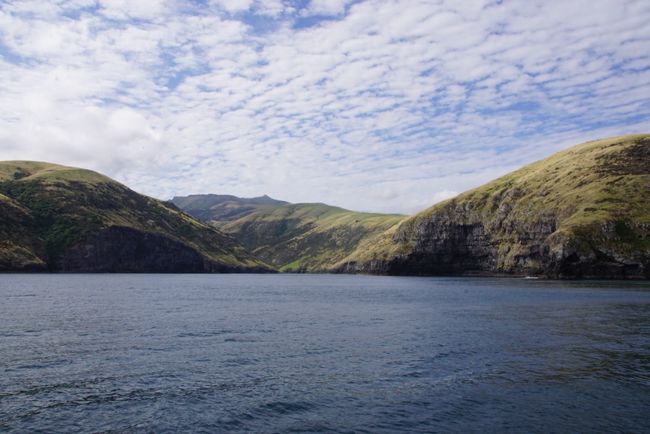
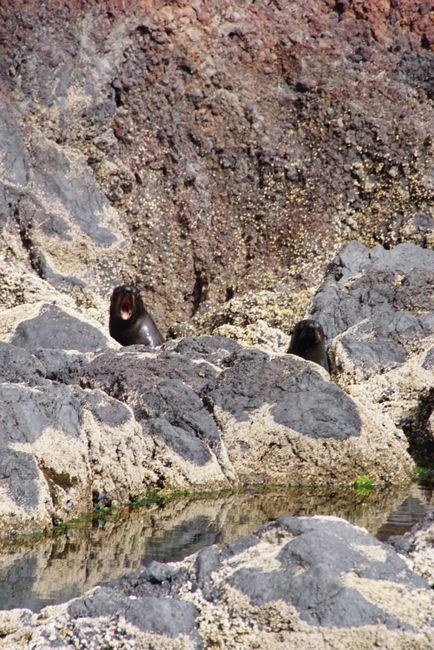
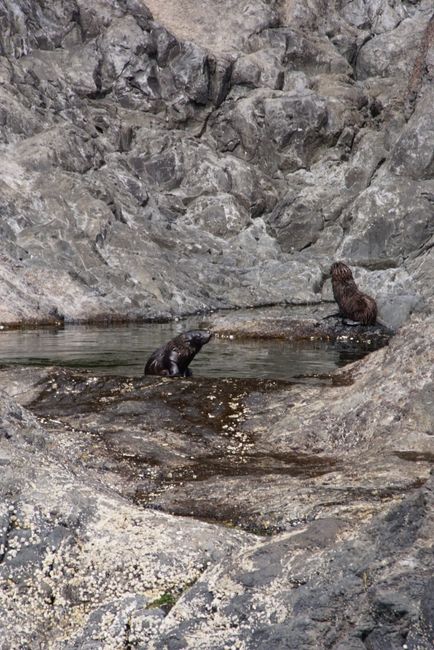
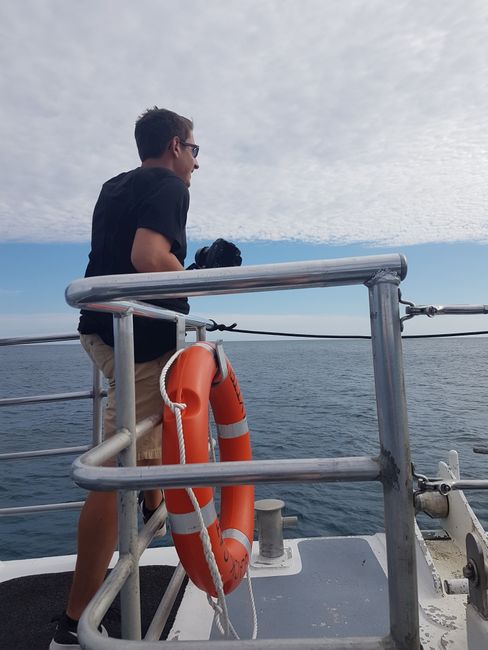
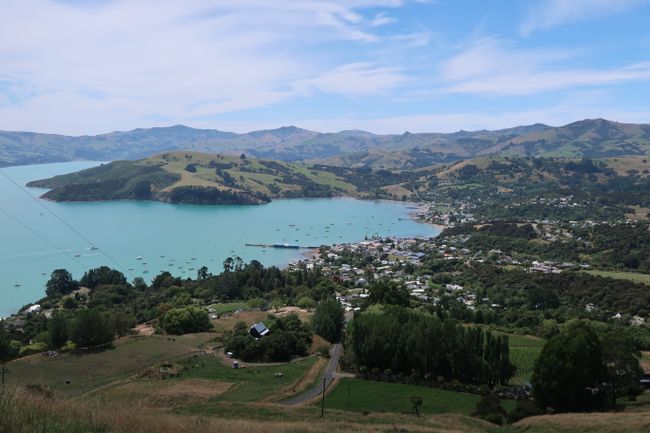
ނިއުސްލެޓަރ އަށް ސަބްސްކްރައިބް ކޮށްލައްވާ
Our next stop was on the Banks Peninsula. This peninsula was formed over eight million years ago by two massive volcanic eruptions. The largest town on the peninsula is the sleepy fishing village of Akaroa. The town has a rich history. In 1840, 63 French settlers embarked on the long journey to claim the peninsula for themselves. However, at that time, the Treaty of Waitangi had already been signed, so they were intercepted and reprimanded by the English settlers. Despite this, the French settlers stayed, giving the small town of Akaroa a French charm. Whether it's the street names or the bistros, everything reminds you a little of France.
Our campsite was located just outside Akaroa in Okains Bay. The drive there was quite scenic. The Summit Road runs over and along the green mountains. We could admire small bays and the turquoise water.
The campsite didn't promise much, but for €8 per person, you can't expect too much. The best thing about it is definitely the location! Right after we arrived, we headed to the nearby beach. It was a beautiful, wild beach with a shallow entrance, lots of seashells, and high cliffs on both sides. We strolled along the sea and enjoyed the calm atmosphere.
There were only a few clouds left in the sky for the sunset. So, we set an alarm for the night. We wanted to take the opportunity to photograph the starry sky. And so, at 2:00 AM, we went outside. The disappointment followed quickly. We realized that our DSLR camera lens couldn't capture enough light. So, we relied on our small digital camera. It held up for a few tries, and the result was better than expected. The starry sky was breathtaking. We had never seen anything like it in Germany! In New Zealand, we hadn't had the opportunity yet. Either the clouds obstructed our view or there were too many light sources nearby. But on this night, the conditions were almost perfect. We forgot about the cold and tiredness and spent a good 30 minutes under the sparkling starry sky - we even saw a shooting star. :)
The next morning started with an ice-cold shower. Furthermore, it must be said that all the facilities were very dirty. The communal fridges were moldy, and the toilets... well, let's just forget about them. ;) We're not here to linger at the campsite, but to explore the peninsula. So, we drove along the mountain road to go hiking. The "Otepatotu Track" takes you to the highest point of the peninsula in 45 minutes. Thanks to the sunny weather, we had a beautiful view. Then, we continued to Akaroa by car. Since we had no cell phone reception at the campsite, we briefly visited the library to contact our loved ones. Afterwards, we explored the rest of the town on foot. It is beautifully located and the small shops and boutiques at the harbor look inviting. Since we had lost our appetite for cooking in Okains Bay, we treated ourselves to some fish and chips. Tobi chose the grilled local salmon, and he was very satisfied with his choice. With full stomachs, we went for a walk to end the day. We walked along the waterfront promenade, visited various souvenir shops, and then watched a fisherman at work. He had just returned from his day trip and had some fish on board. He quickly took the fish out and cleaned them. The seagulls eagerly awaited the entrails. Then we returned to our bay and enjoyed the evening in a cozy atmosphere.
We were really looking forward to today. Not because we were leaving the campsite after two nights, but because we had booked a special tour for the afternoon. Before saying goodbye to Okains Bay, we went to the beach one last time. There wasn't much going on, except for three kayakers. But suddenly, another beach visitor drew our attention to a few Hector Dolphins. At first, we couldn't see much, but after careful observation, we saw them resurface again and again.
Hector Dolphins are not only the smallest dolphins in the world, with a maximum size of 1.5 meters, but they also live exclusively in New Zealand. Unfortunately, they are a highly endangered species. With only 10,000 dolphins left, they are one of the most endangered whale species in the world.
After we couldn't see them well from the beach anymore, we climbed up the nearby cliffs to get a better overview. From up here, we saw the beautiful animals surface and swim among the kayakers. It was simply magical. The dolphins came very close to the coast, and we could observe them in the clear water. There were definitely more than 15 dolphins in the bay. After almost an hour, the check-out time was getting closer, and the dolphins didn't show up as frequently anymore. On the way back along the beach, we discovered a dead seal - this is just one example of New Zealand's untouched nature.But now it's time to head to Akaroa. When we arrived at the new campground, the first thing we did was take a long, hot shower. Then we walked to the harbor. We once again managed to get discounted tickets online - it was going to be an animal-themed harbor tour. We arrived at the harbor pier around 3:20 PM to pick up our tickets. In the bay, there was a large cruise ship anchored, so we were afraid that our tour would be fully booked. But the line behind us just didn't get longer. The excursion ship docked, and about 70 people left the packed ship. Our adventure finally began at around 3:40 PM. Only nine other visitors boarded the ship with us - we were a bit surprised but also very pleased about it. The boat set off, and the captain started his lecture about the wildlife and history of the peninsula. After about 20 minutes, he stopped for the first time. There were Hector Dolphins swimming around us. We left our seats and went to the bow of the boat. From there, we could observe them best. The dolphins started "playing" with the ship. If we went faster, they swam faster - if we let ourselves drift, they circled the ship and explored it. It was simply amazing to watch them. We could see up to nine dolphins at the same time. The captain was able to make the ship sway. (Memories of our ferry crossing to the South Island came to mind.) This tempted the curious dolphins to jump out of the water. As we continued, smaller groups of Hector Dolphins kept coming to the ship and jumping over the waves created by the ship.
By now, all the guests were on the outside deck. But there was no lack of space - everyone could move around freely and had a good view of the animals.
We picked up speed again. Meanwhile, we had a great view of the coast of the peninsula. We saw small bays, deep caves, and a sheep named "Lucky". It was grazing all alone near the sea. The captain explained that it is common for sheep to fall from the actual pasture. With some luck, they land on the lower meadow and survive. "Lucky" will soon be collected by the farmer by ship. :)
The excursion continued to nests of cormorants located on the rocky cliffs, and on the way there, we saw little little blue penguins swimming in the water. The €28 per person had already been more than worth it. But the two-hour tour was not over yet. We picked up speed again, and for a short distance, we sailed on the open sea. The captain announced that it might get a bit stormy - and he wasn't lying. The wind suddenly picked up - hold on tight was the order of the day! But the trip was worth it. In the next bay, there were many New Zealand fur seals on the rocks. We were able to get quite close to them with the ship, which allowed us to see many seal pups. They were happily climbing over the rocks or swimming in safe pools that were well protected between the rocks. You can only see such sights when you approach the animals by water. Just as the ship was about to turn back, we saw a group of seals chasing each other through the water and jumping over the waves. We could have spent the whole day on the sea. But eventually, it was time to say goodbye because we had to head back to the harbor. It seemed like the captain had to make up for lost time. We raced back to the safe harbor. Overjoyed, we left the ship after two hours. Thus, a beautiful day came to an end.
ނިއުސްލެޓަރ އަށް ސަބްސްކްރައިބް ކޮށްލައްވާ
ޖަވާބު (2)
Christiane
Das Sternenbild ist der Hammer!!!Wolfgang
Stimmt, gerne würde ich mal die Sterne auf der Südhalbkugel live sehen.
ދަތުރު ރިޕޯޓްތައް ނިއުޒީލެންޑެވެ
